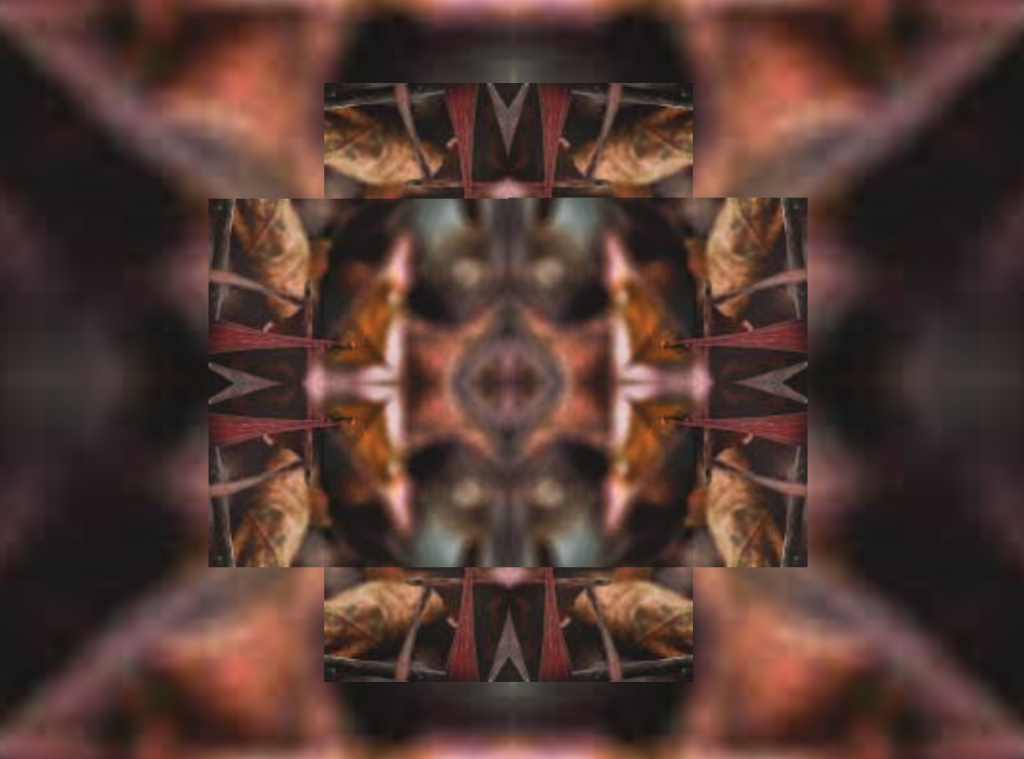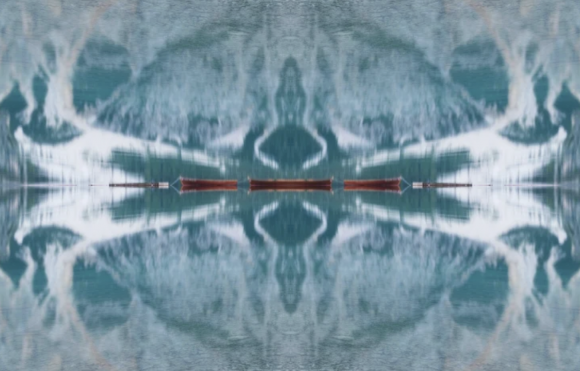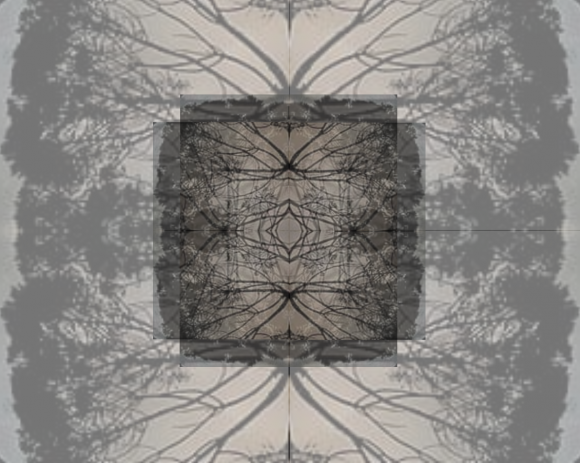[Note: This post has been superseded by an updated and more integrated article.]
Joseph Campbell dedicates a whole chapter of The Hero with a Thousand Faces to “The Return” — so he has to say quite a bit about the return leg of the journey there.

1. In Campbell’s universe, living beings undergo transformation all the time, and all transformation follows the same general pattern. That pattern, universal as it is, has traditionally been expressed in countless variations: such variations of the narrative are what we call “myths”, and the underlying general pattern that can be found in them is what Campbell dubs the “monomyth”. (That single, underlying mythical pattern is the Hero’s journey, and those variations are what the “thousand faces” refer to in the title of the book.)
So when Campbell talks about “The Return” (167-209), what he has in mind is not necessarily a return path from the underworld, understood as a purely psychic realm, in the way I have posed the question. Instead, Campbell’s return leg is the return from the Hero’s journey, and although the latter might be a journey into the underworld (the “Belly of the Whale”, as Campbell’s label goes), it could also be an altogether different kind of journey, as long as it is broadly a journey of transformation. Any form of venture into the unknown would fit the bill — as long as it is part of a transformative process, the Hero’s journey can symbolize it.
Campbell is in agreement here with Jung, whom we have seen to generally assimilate the nekyia with the night sea journey. There are differences, however, between Jung’s and Campbell’s accounts: for one thing, although Jung (in Symbols) does simply throw the underworld imagery in with the hero myth, he does not treat that latter myth as fundamentally the root pattern of all myth, thus allowing different mythical complexes where the same (underworld) imagery might play a different role. Consequently, as we also have seen, the place of the hero myth is re-evaluated against the various alchemical clusters he traces in later works.
A second, more important difference will come out when we look at what Campbell has to say about the return leg of the journey. According to him, there is a range of possibilities.
2. First of all, the hero may simply refuse to return:
For if he has won through, like the Buddha, to the profound repose of complete enlightenment, there is danger that the bliss of this experience may annihilate all recollection of, interest in, or hope for, the sorrows of the world; or else the problem of making known the way of illumination to people wrapped in economic problems may seem too great to solve.
Joseph Campbell, The Hero with a Thousand Faces, 29.
If Campbell makes this option sound like a kind of failure, that is not an accident. It seems very much as if the hero should come back, as if there was some kind of obligation — and as if only forgetfulness or timidness might motivate someone to shirk that responsibility. Even the Buddha’s enlightenment is counted rather as an excuse here: its bliss “annihilates recollection” of the sorrows of the world, which recollection (if it wasn’t destroyed) would surely bring the hero back to the path, and thus to attempt a return.
Campbell simply seems to assume that the fact of “economic problems” in the world has to compel someone who has managed to climb a spiritual path to then come back and resolve them. But this (once we make it explicit) seems rather confused — as if the purpose of the spiritual path was to make the world materially better. Where does this requirement come from?
Well, for Campbell that is basically a starting point:
The return and reintegration with society, which is indispensable to the continuous circulation of spiritual energy into the world, and which, from the standpoint of the community, is the justification of the long retreat (ibd.)
So it is the collective’s requirement: societies or communities only allow the spiritual path as a kind of deal — “we” allow you to be a hero and develop (or adventure) somewhere apart from “us”, in return for which “you” have to come back and serve us with the fruits of that adventure.
Therefore in Campbell’s account, the option to refuse the return, although it might in fact happen, is a form of moral failure, a violation of a responsibility.
3. We can see now where the second difference lies between Jung’s and Campbell’s views. In Jung, although the hero myth generally continues though the underworld and back upwards (carrying the “treasure”), failure to do so is not a violation of responsibility against the collective, but rather a danger for the hero: getting stuck in the underworld (or the “belly of the whale”) is tantamount to saying, psychologically, that a person who has deliberately given conscious control away is now caught in unconscious patterns (viz. psychosis, depression) and unable to return. This is not so much a loss for the collective, but rather amounts to the destruction of the individual soul altogether. (It is here that Jung typically cites the “perils of the soul” as a fitting slogan for what is going on; cf. GW XII §§ 437-439.) In Jung, other than in Campbell, the hero’s journey doesn’t run for the sake of the collective (and not for the conscious ego’s purposes, either): it runs for the sake of soul. Even where the structure suggests a return stage, failing to make that leg of the journey does not imply an irresponsibility towards society, but rather a failure as an individual. (Which even allows for a variant, one that is in a blind spot for Campbell’s account, where the failure of the hero consists in their very conformity with collective purposes. This would be what Jung calls a regressive restoration of the Persona; viz. GW VII, § 254).
4. Societies are not immune to the same charge of breaking the implicit deal, however:
if the hero […] makes his safe and willing return, he may meet with such a blank misunderstanding and disregard from those whom he has come to help that his career will collapse. (Ibd.)
In this case, the failure seems not on the side of the hero (who, we might say, at least tries), but on the side of the collective which, for some reason, is not receptive.
Add to this the cases where the hero does go on the return trip, but stumbles (like Orpheus), and we have now already seen three kinds of failure. Nonetheless, as Cambell points out (178), the very fact that a return is attempted (even if it fails) shows that there is a possibility; the general pattern of the hero’s journey (Campbell’s “monomyth”) certainly contains that option.
(There is a fourth variant which Campbell discusses: that where the return is effected, or at least supported, from without — in the form of a deus ex machina, or else the community simply “getting the hero back”. This, although technically a success, seems too easy, and is therefore counted among the weaker versions.)
5. From all this it seems to me that Campbell certainly saw the return from the underworld as an essential part of his fundamental story. Such a return might fail in various ways, but even so the return (as attempt or failure) is required. A hero who ventures into the unknown must come back, in one way or another, to complete the tale.
More importantly, again, we can see why that is. Although the mythical story may be told in a way that is centered around the hero, the very motivation (or, as Campbell says, the “justification”) has to do with the collective. It is society which requires heroes to venture out and (at least occasionally) come back. The larger context, then, is centered around the needs of the collective; now if, as Campbell does, all myths are fundamentally the same and all myths are likewise owned by the collective, then any trip to the underworld therefore carries an obligation for the hero to then come back and provide the treasure he found there into the world that sent him out in the first place. The necessity of the return leg, thus, is built into Cambell’s very philosophy.



